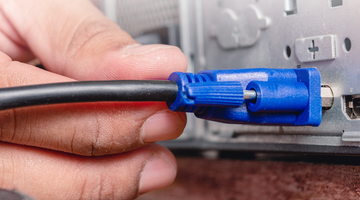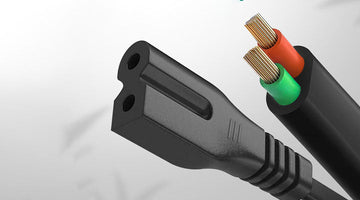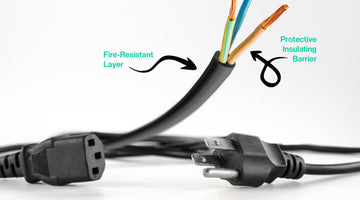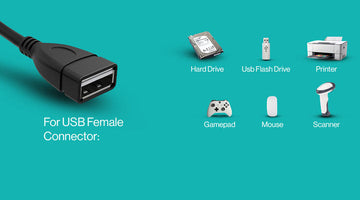VGA (Video Graphics Array) cables have been a staple in computer and display connectivity for years. Whether you're setting up a monitor, projector, or gaming rig, choosing the right VGA cable is essential for achieving the best video quality and performance. In this guide, we'll walk you through the key factors to consider when selecting a VGA cable for your setup.
1. Understand VGA Cable Types
VGA cables come in different variations, and knowing which one suits your needs is important. The two main types are:
-
Standard VGA Cable: Supports resolutions up to 1080p but may experience signal degradation over longer distances.
-
SVGA (Super VGA) Cable: Offers improved shielding and better signal quality, making it suitable for higher resolutions and longer cable runs.
2. Consider Cable Length
The length of your VGA cable can impact signal quality. Here are some general recommendations:
-
Under 5 meters (16 feet): Minimal signal loss, ideal for most setups.
-
5–15 meters (16–50 feet): Signal boosters or high-quality cables with better shielding are recommended.
-
Over 15 meters (50 feet): A VGA extender or an active VGA cable may be necessary to prevent degradation.
3. Check the Cable Quality
When choosing a VGA cable, opt for high-quality materials to ensure durability and better performance. Look for:
-
Gold-plated connectors: Prevents corrosion and enhances signal transmission.
-
Thicker gauge wiring: Helps reduce interference and improves signal strength.
-
Shielding: A well-shielded cable minimizes electromagnetic interference (EMI) for clearer video output.
4. Match the Resolution and Refresh Rate
Different VGA cables support different resolutions and refresh rates. Be sure to check the specifications to ensure compatibility with your display. For example:
-
Standard VGA: Typically supports up to 1920x1080 (1080p) resolution.
-
SVGA: Can handle higher resolutions like 2048x1536 (QXGA).
-
Extended VGA (XGA): Suitable for 1024x768 resolution setups.
5. Consider VGA Adapters & Converters
If you're connecting a VGA cable to a modern device without a VGA port, you may need an adapter or converter, such as:
-
VGA to HDMI adapter: Converts VGA signals to digital HDMI output.
-
VGA to DVI adapter: Works with older DVI-enabled displays.
-
VGA to DisplayPort adapter: Allows VGA devices to connect to DisplayPort monitors.
6. Choose a Reliable Supplier
For the best performance, purchase your VGA cables from a trusted supplier like LORD COMPUTER. We offer high-quality VGA cables with excellent durability, shielding, and bulk discounts for wholesale buyers.
Final Thoughts
Selecting the right VGA cable ensures clear video output, minimal interference, and long-term durability. Consider cable length, resolution, build quality, and compatibility before making a purchase. Whether you're upgrading your office, gaming setup, or home theater, LORD COMPUTER has the perfect VGA cable for your needs.
📩 Need VGA cables in bulk? Contact us today for wholesale pricing and exclusive discounts!





